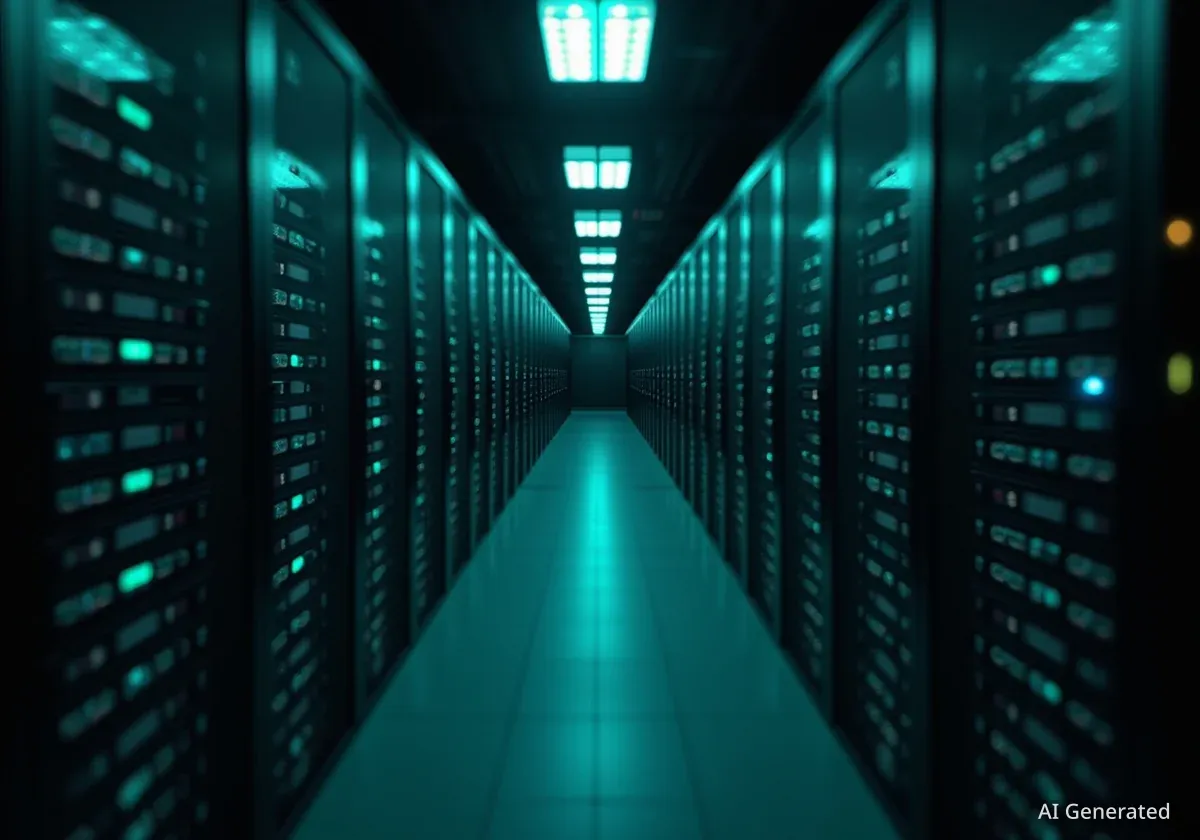Northwood University has officially opened its new Quantum Engineering and Innovation Center, a $250 million facility designed to advance research in quantum computing, nanotechnology, and advanced materials. The 150,000-square-foot building aims to serve as a hub for academic and industry collaboration, positioning the region as a leader in next-generation technology.
The center will house over 30 faculty research groups and provide hands-on learning opportunities for hundreds of undergraduate and graduate students. University officials state the facility is projected to support regional economic growth by attracting technology firms and fostering local startups.
Key Takeaways
- Northwood University has launched its new Quantum Engineering and Innovation Center.
- The facility cost $250 million to build and spans 150,000 square feet.
- Primary research areas include quantum computing, advanced materials, and nanotechnology.
- The center is designed to foster partnerships between the university and technology companies.
A New Vision for Research
The opening of the Quantum Engineering and Innovation Center marks a significant step in Northwood University's strategic plan to become a top-tier research institution. The facility was developed over five years, with funding from a combination of state grants, private donations, and university capital funds.
During the opening ceremony, University President Dr. Alistair Finch highlighted the center's mission. He emphasized its role in solving complex global challenges through interdisciplinary research.
"This is more than just a building; it is a commitment to the future," said Dr. Finch. "The Quantum Engineering and Innovation Center will empower our researchers and students to push the boundaries of science and technology, creating innovations that will define the next century."
The university anticipates the center will attract top-tier faculty and graduate students from around the world, further enhancing its academic reputation. The project is one of the largest capital investments in the university's 120-year history.
Background on Quantum Technology
Quantum engineering is a field that applies the principles of quantum mechanics to create practical technologies. Unlike classical computers that use bits (0s and 1s), quantum computers use qubits, which can exist in multiple states at once. This allows them to solve certain complex problems much faster than even the most powerful supercomputers.
Inside the State-of-the-Art Facility
The design of the Quantum Engineering and Innovation Center focuses on collaboration and specialized research. The five-story building contains a mix of laboratories, collaborative workspaces, and teaching facilities.
The infrastructure was built to accommodate highly sensitive equipment that is essential for quantum research. For example, many labs are shielded from electromagnetic interference and have advanced vibration isolation systems to ensure experimental accuracy.
Key Features and Laboratories
The center's resources are designed to support a wide range of scientific inquiry. Planners worked closely with faculty to ensure the labs met the specific needs of modern engineering and physics research.
- Cleanroom Facilities: The center includes 15,000 square feet of Class 100 cleanroom space for fabricating nanoscale devices and quantum chips.
- Advanced Microscopy Suite: This area houses several high-powered electron microscopes, allowing researchers to visualize materials at the atomic level.
- Quantum Measurement Labs: These specialized labs are equipped with cryogenic systems to cool experiments to near absolute zero, a requirement for many quantum computing experiments.
- High-Performance Computing Cluster: A dedicated data center supports complex simulations and data analysis for theoretical and experimental research.
According to Dr. Lena Petrova, the Dean of the College of Engineering, the facility's design encourages interaction. "We intentionally created open-plan common areas and shared core facilities to spark conversations and partnerships between different research groups," she explained.
Facility by the Numbers
- Total Cost: $250 million
- Size: 150,000 square feet
- Research Labs: 55
- Faculty Offices: 70
- Student Capacity: 400+ researchers and students
Fostering Industry Partnerships
A central goal of the new center is to bridge the gap between academic research and commercial application. The university has already established partnerships with several leading technology companies to facilitate this collaboration.
The top floor of the building is dedicated to an "Industry Collaboration Zone," which provides space for corporate partners to embed their own research and development teams on campus. This proximity is intended to accelerate the transfer of new discoveries from the lab to the marketplace.
One of the inaugural partners, a major aerospace firm, plans to use the center's resources to develop new lightweight materials for aircraft. Another partner, a software company, will collaborate with university researchers on developing algorithms for quantum computers.
"Having direct access to the brilliant minds and cutting-edge equipment at Northwood University is invaluable," stated a representative from the partner firm. "This partnership allows us to stay at the forefront of innovation and helps train the next generation of engineers we hope to hire."
The university's technology transfer office will also be housed in the new building, providing support for faculty and students looking to patent their inventions or launch startup companies.
Impact on Students and the Regional Economy
The Quantum Engineering and Innovation Center is expected to have a profound impact on the student experience at Northwood University. It will provide unparalleled opportunities for both undergraduate and graduate students to participate in groundbreaking research.
The university is launching several new academic programs tied to the center, including a new undergraduate minor in Quantum Information Science and a professional master's degree in Nanotechnology. These programs are designed to equip students with the skills needed for high-demand jobs in the tech sector.
Beyond the campus, the center is poised to become an engine for regional economic development. An independent economic impact study projected that the facility could generate over 500 new high-tech jobs in the region within the next decade through direct hiring and the growth of spin-off companies.
Local government officials have praised the project as a critical investment in the area's future. The hope is that the center will create a vibrant technology ecosystem, attracting further investment and talent to the region. The university plans to host regular public events and workshops to engage the community and showcase the work being done at the new facility.





